Photovoltaic solar systems technology solutions
Contact us
woqiquan Electronic Technology (Shanghai) Co., Ltd.
Tel: 021-69116298
Fax: 021-69116251-168
Contact: Deng Jingli
E-mail: vast@vastpower-cn.com
Address: Shanghai Pu Loop 390 1

 position:首页 > English > solution > Technology Solutions > Photovoltaic solar systems technology solutions
position:首页 > English > solution > Technology Solutions > Photovoltaic solar systems technology solutions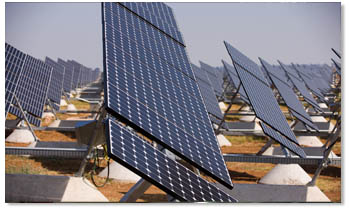
System diagram
PV off-grid systems
Forest, island, posts, grasslands, deserts, mountains, villages and other areas without electricity, due to distance, high power erection costs, migration frequent line easily stolen, fire and other reasons, there are still a large number of small units, home users living in the state without electricity, which not only makes the employees can not reach a long-term TV, audio, information, entertainment and other modern civilization, but also easily lead to forest fire lighting fires. off-grid home systems designed specifically for the above environment is set inverter, charge controller, battery-powered solutions to support one.
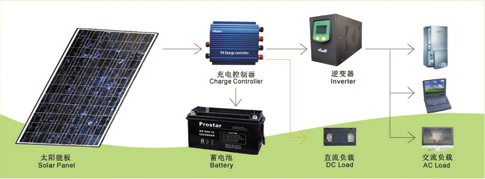
PV Grid System
Photovoltaic power generation system consists of two parts, photovoltaic modules and photovoltaic grid-connected inverters, photovoltaic modules are able to convert light energy into electrical energy of a semiconductor, and photovoltaic grid-connected inverter is a high-performance 32 bit DSP chip control, through the power of internal power regulator solar cell is converted to DC power supplied to the grid the same frequency and phase of the AC power supplied to the grid. The system uses advanced MPPT control technology, stable and fast-track the maximum power output of solar point. LCD display, easy to operate, wide temperature range, high-altitude use. The future direction of the mainstream use of photovoltaic power generation system will be and, Europe, America and Japan and other countries has begun to implement a large-scale photovoltaic power generation projects.
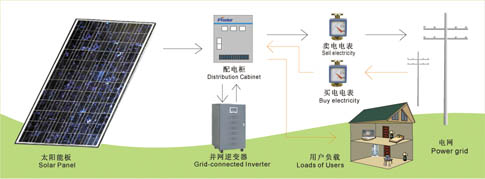
Wind and solar system
Wind and solar power generation system is composed of photovoltaic modules and wind generators, the battery energy storage, power supply to the load of a new power supply, PV modules convert light energy into electrical energy is a semiconductor device, the PV modules and wind turbines organically with the composition of a system that can take advantage of their features and benefits, maximize the use of good natural gift of wind and solar energy, for electricity capacity, power requirements, and solar and wind energy resources but rich resources area, wind and solar power generation is undoubtedly one of the best choices. Widely used in microwave communications base stations, radio, outdoor activities, highways, no electricity mountains, villages, islands and other areas.
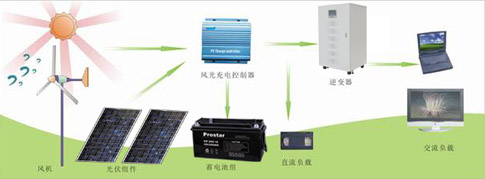
System wiring diagram
PV off-grid systems
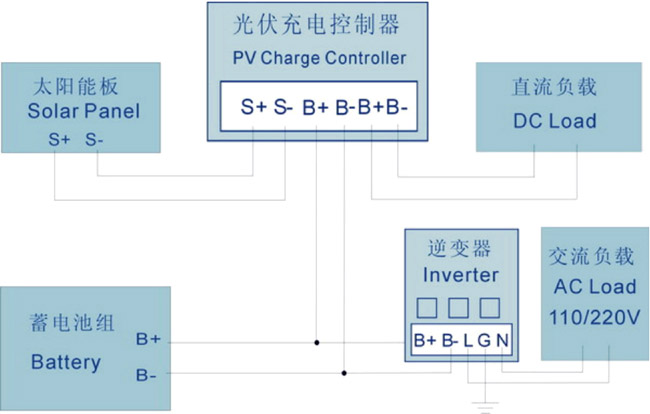
PV Grid System
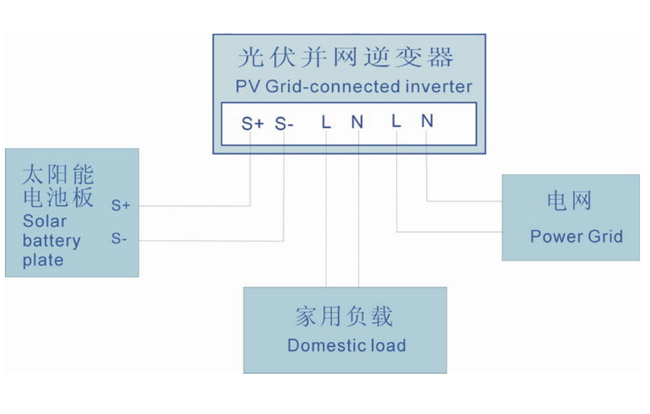
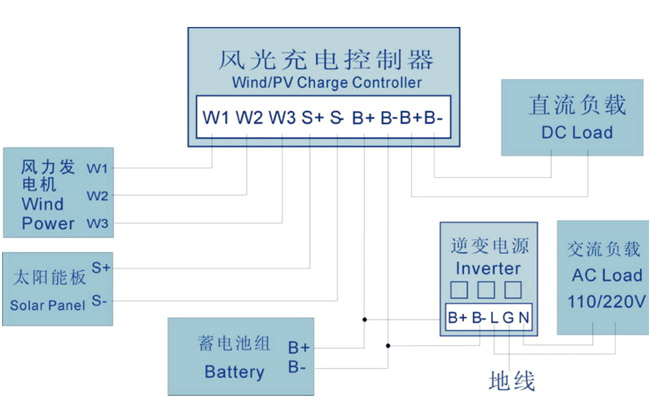
Installation notes:
1, controller and battery connection: with the appropriate cable to the terminal after the controller board "BATTERY +", "BATTERY-" were working with the battery, the negative connection, pay attention not to pick the wrong polarity. At this point "BATTERY" indicator on the control panel is green lit, otherwise, you should check the wiring is correct, the cable is damaged.
2, the controller is connected with the solar modules: with the appropriate cable to the controller board terminals "SOLAR +", "SOLAR-" solar modules respectively positive and negative connections, pay attention not to pick the wrong polarity, and air switch on the rear panel is placed in "ON".
3, the controller is connected to the DC load: with the appropriate cable to the terminals on the controller "LOAD +", "LOAD-" are connected to the DC load, to have positive and negative polarity of the points of the load should distinguish polarity allowed access perceptual class load, such as motors.
4, the controller is connected properly after entering the automatic operation and automatically adjusts the charge current based on battery voltage changes.
Solar panel installation considerations:
1, the solar installation site to consider weather, seasonal no obstacles, avoid the "black spot" effect and power loss.
2, solar battery may be charged, pay attention to prevent short circuits and electric shock.
3, after the completion of the connection of the solar cell should be checked and marked good polarity, open circuit voltage measurements, if not normal you should disconnect after each branch were measured.
4, the installation direction and angle of the solar panels, the installation should be a collection of local direct sunlight, the sun goes down according to the east as the basis, what line of solar panels flat and parallel to the ground at 45 degrees is appropriate.
The system works
1) solar panel operating state
When the main input power solar panels work, through a charge controller adjusts a given storage battery charging, battery energy storage in a floating state, another group of power to the inverter, the inverter will convert the DC to sine wave AC power output to the load.

2) storage batteries run state
When the main input power solar panels do not work, this time powered by storage batteries to the inverter, the inverter converts the DC output sine wave AC power to the load.

3) and network-based systems running state
When the main input power solar panel to work properly, this time by the solar battery to the inverter power supply, the inverter converts the DC power is converted to sine wave AC output to the power grid.

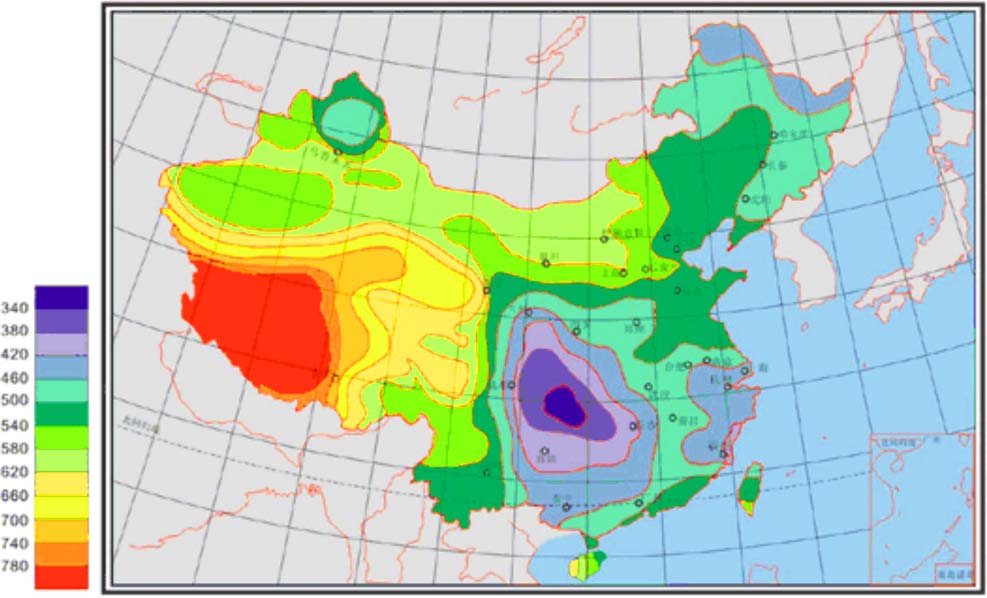
Simple formulas

Controller Power simple calculation method = Component power / peak voltage (or fan power / system voltage)
Note: The system design should pay attention to the following issues:
Where the use of solar power system? The solar radiation situation?
How much load power system?
Output voltage of the system is how much, DC or AC?
Systems need to work every day, how many hours?
If there is no sunlight in rainy weather, the system needs to continuously supply the number of days?
Case load, pure resistive, capacitive or inductive, starting current much?

